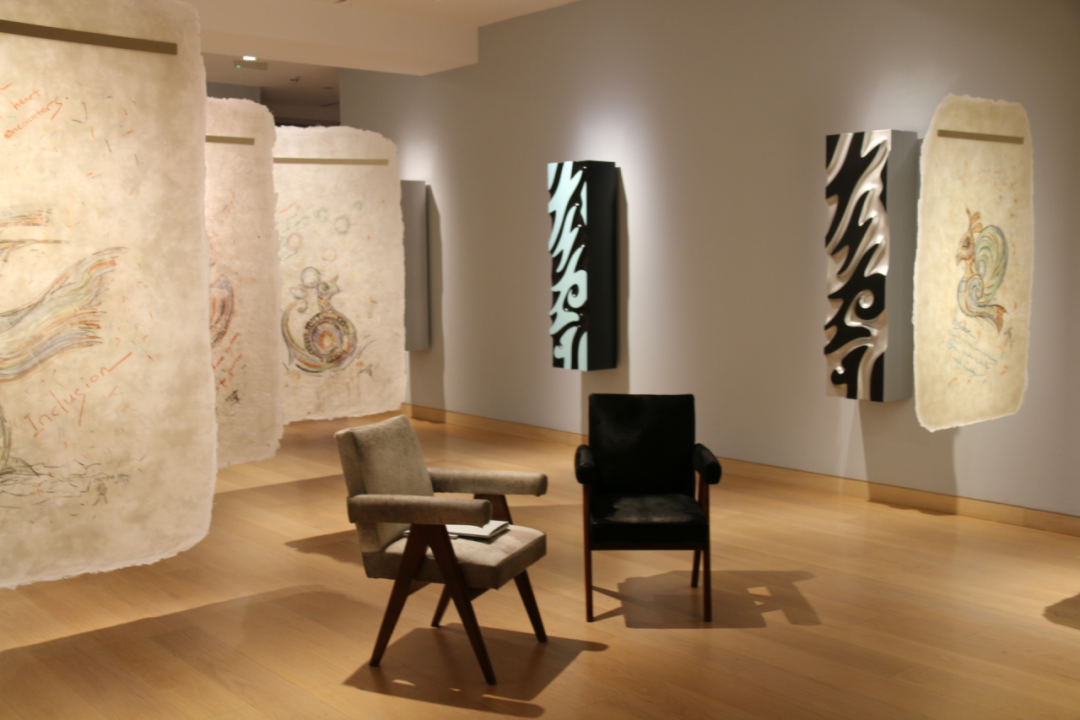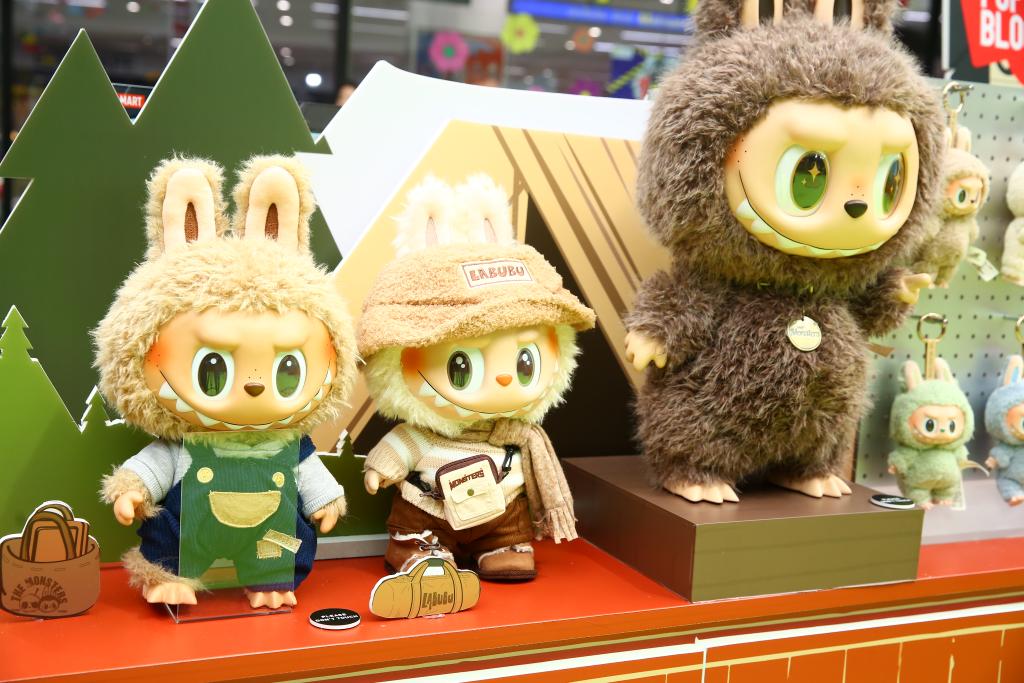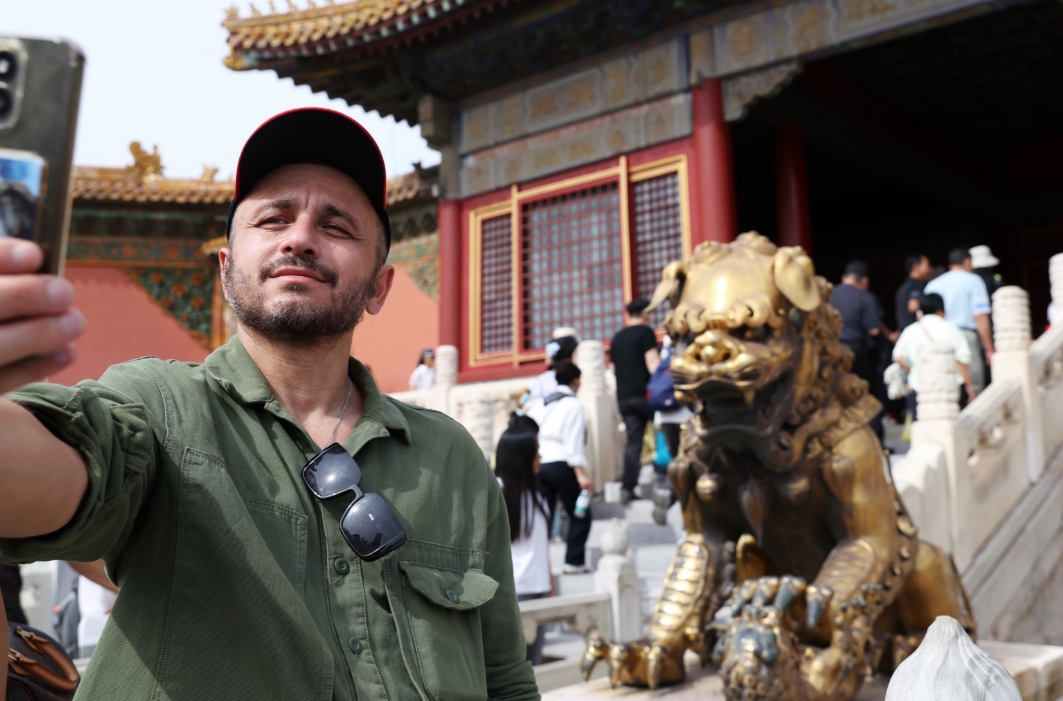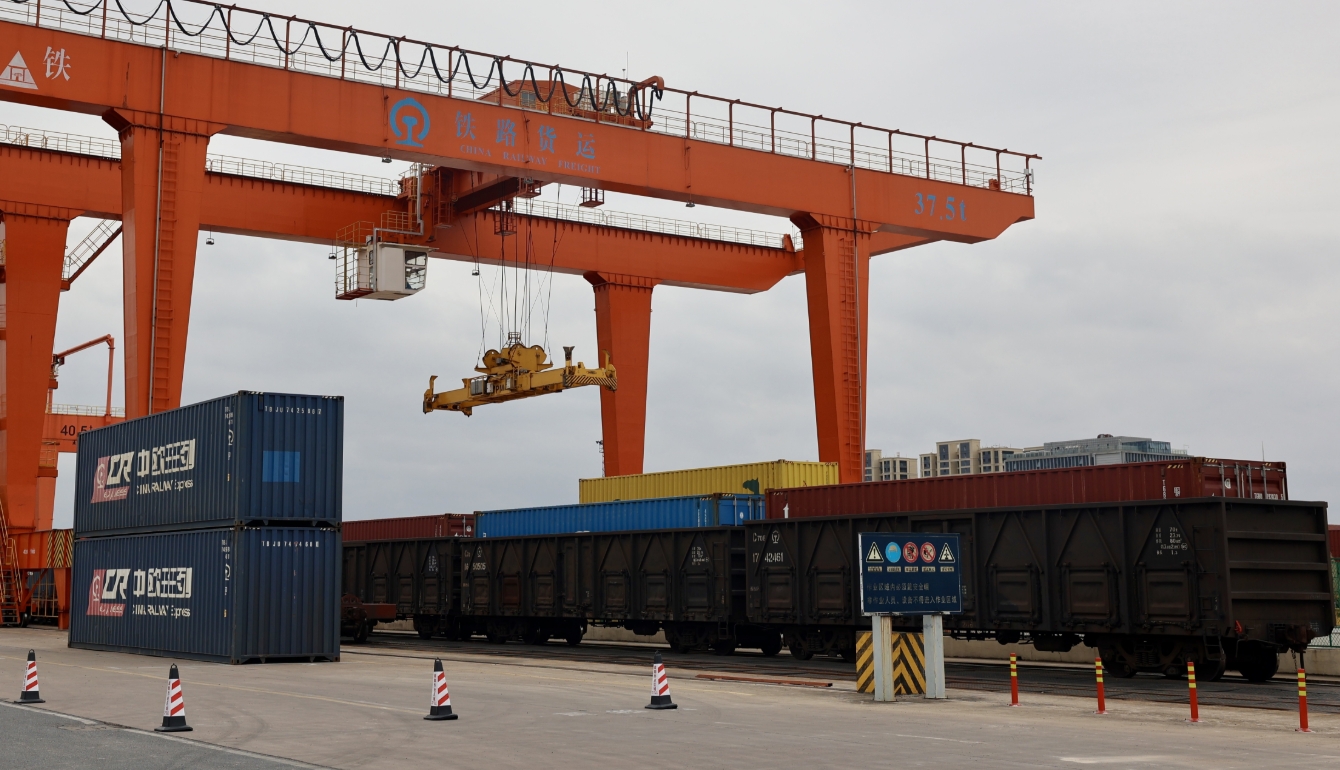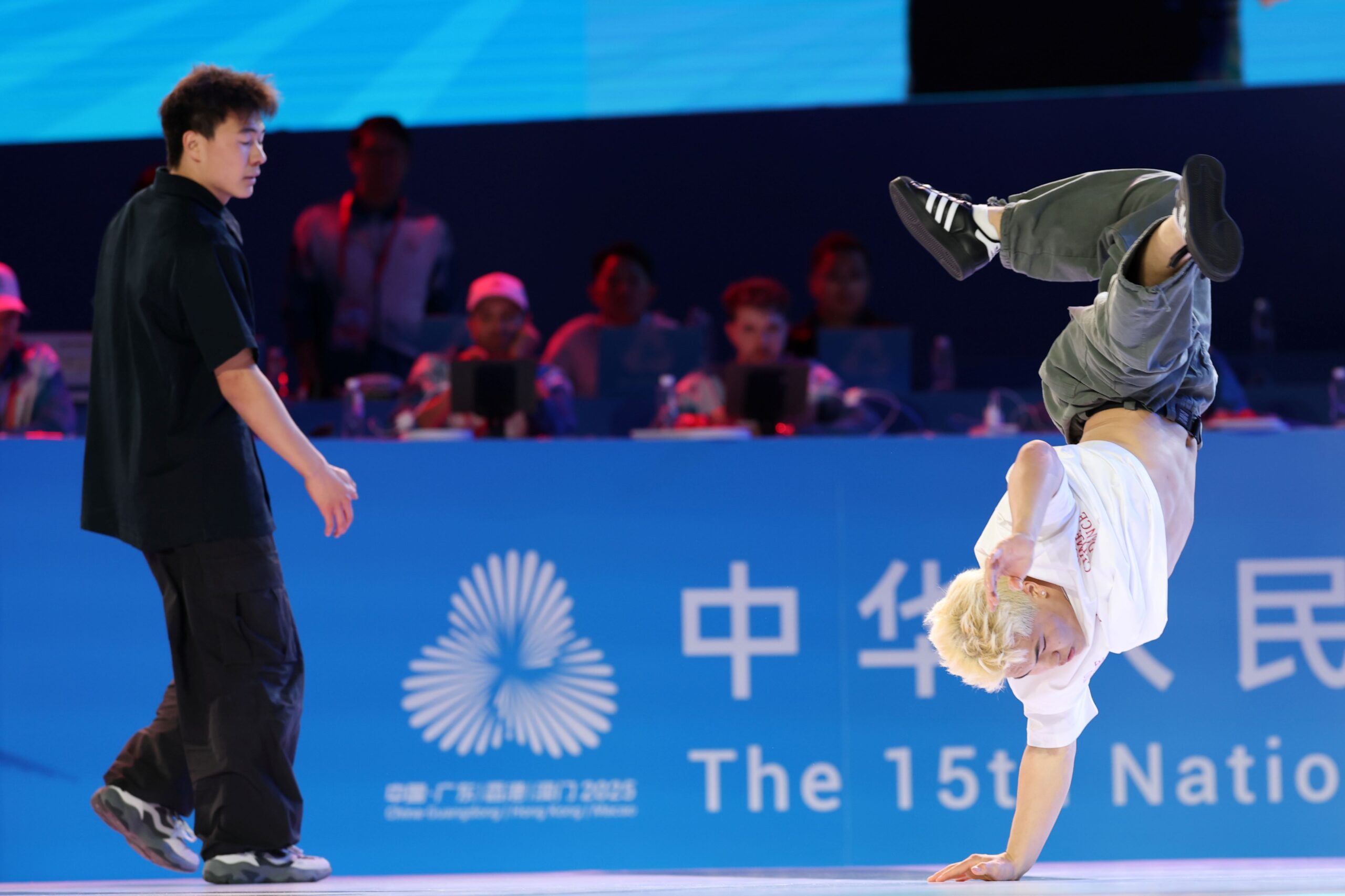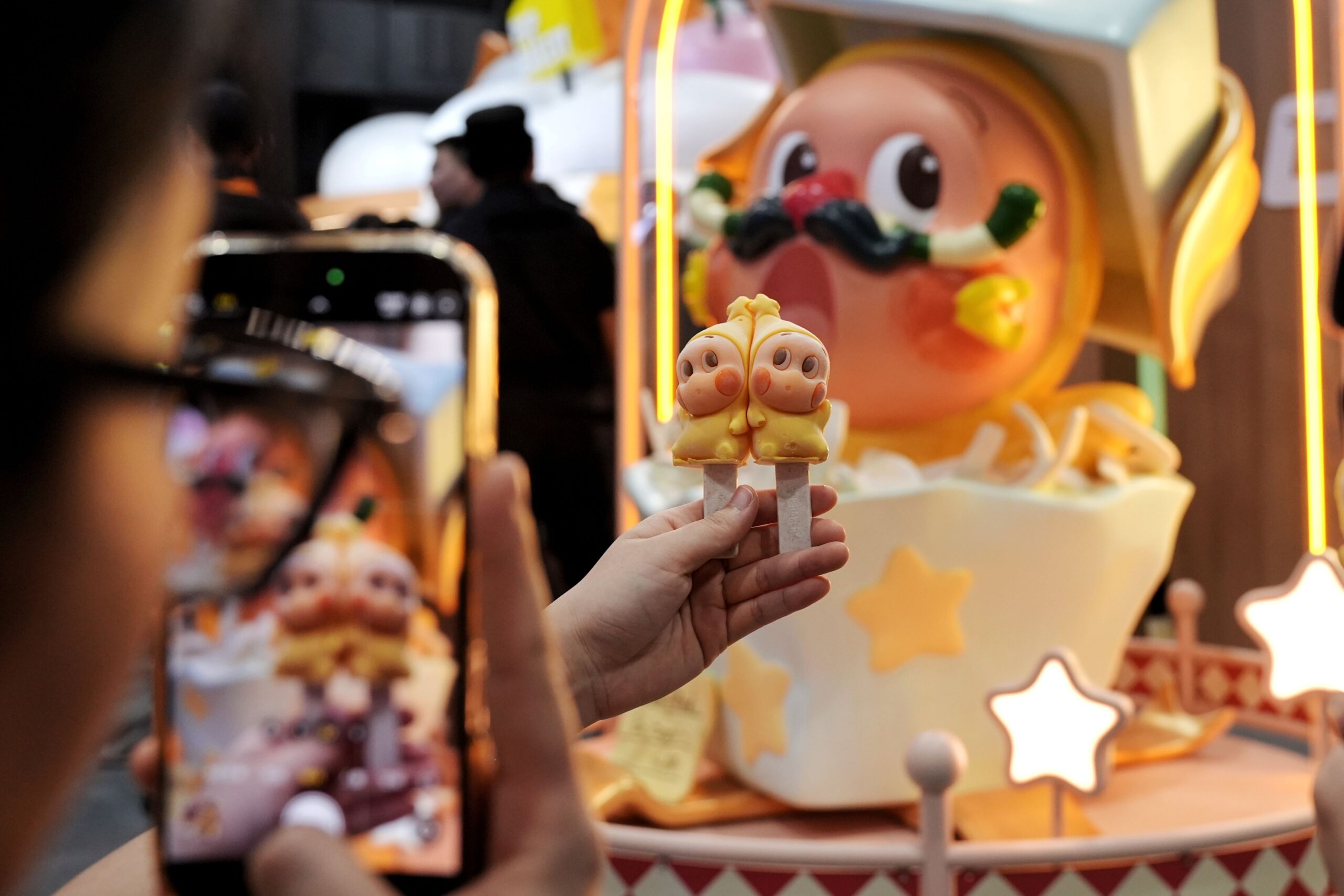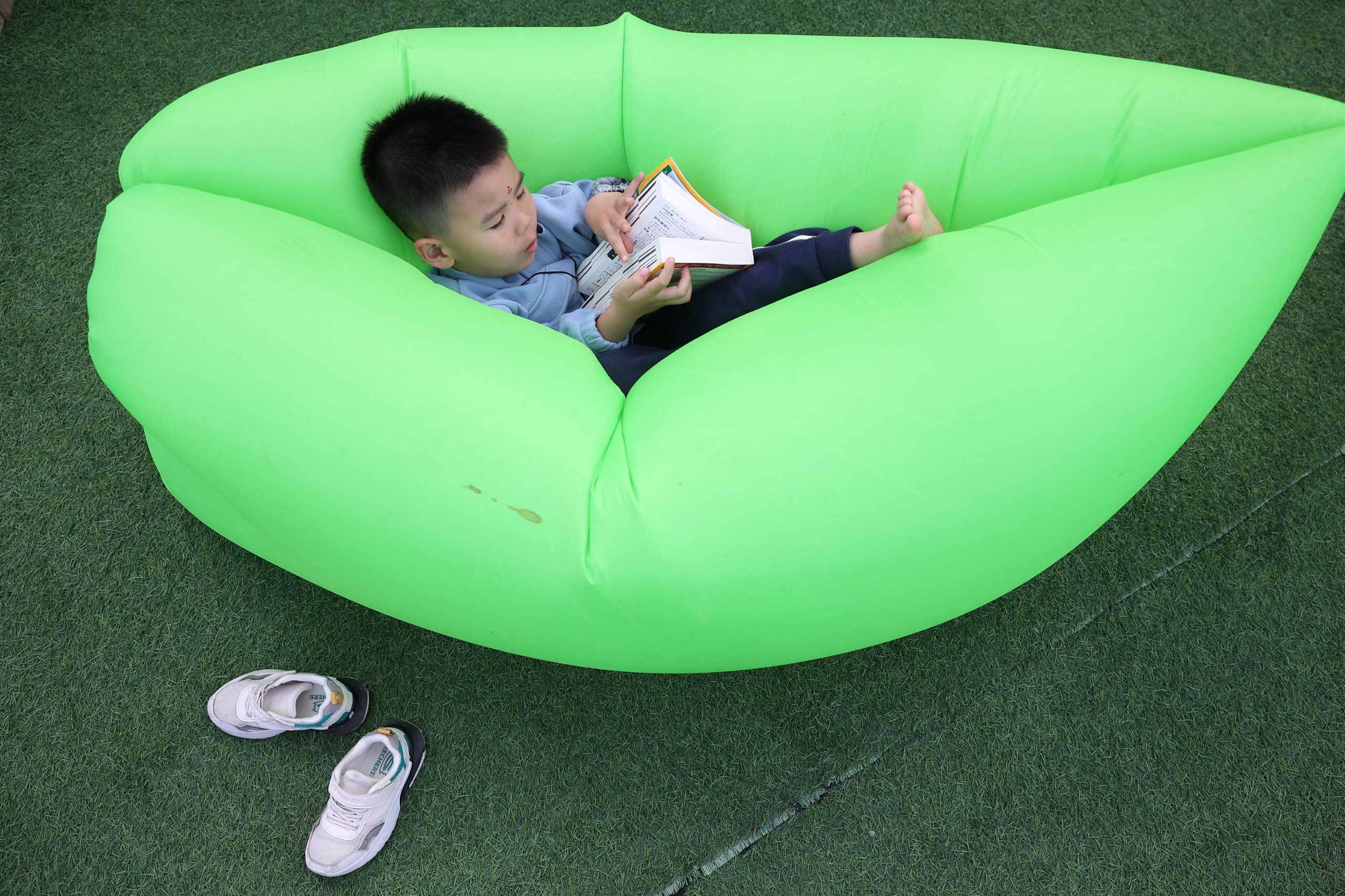Museum is a vital institution for cultural exchange, education, and heritage preservation.
May 18 marks International Museum Day. This year’s theme, The Future of Museums in Rapidly Changing Communities, invites people to reimagine the role of museums as essential connectors, innovators, and stewards of cultural identity.
China will host a series of events from May 17 to 19 to celebrate the upcoming International Museum Day, with the Grand Canal Museum of Beijing serving as the main venue.
Based on the theme, events showcase the latest achievements in China’s museum sector and promote greater public engagement. The main event will feature some key releases, including the list of the most innovative museums in 2025 and the top 10 exhibitions nationwide.
Present Stories of Cultural Exchange
Museum is a vital institution for cultural exchange, education, and heritage preservation. Several record-breaking exhibitions are ongoing around China.
The ongoing exhibition A Journey of Knowledge: The Travels of Marco Polo and Its Legacy Between East and West in Hangzhou, Zhejiang province, includes 84 rare artifacts from between the 13th and 20th centuries, on loan from 11 Italian museums and cultural institutions.
Divided into six parts, the exhibition retraces the thrilling expedition of Polo and his fellow explorers along the Silk Road through their perspectives, presenting the stories of cultural exchange and integration that occurred along the way.
Opened in July last year, the exhibition On Top of the Pyramid: The Civilization of Ancient Egypt in Shanghai Museum is the largest showcase of ancient Egyptian artifacts in Asia. It features 788 objects selected from seven institutions around Egypt, arousing high attention and interest among audiences from home and abroad.
The exhibition has received more than 2 million visitors, setting a new record for the highest attendance at a single paid exhibition in museums around the world. More than 70 percent of the visitors were from overseas and other parts of China besides Shanghai.
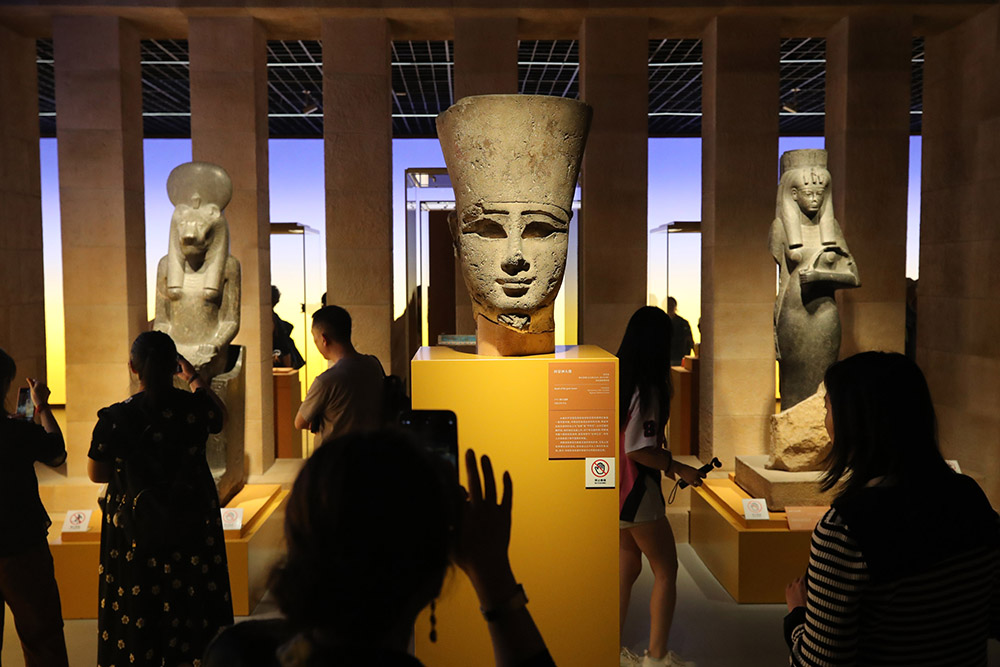
The museum also launched new social media accounts for Merneptah, the fourth Pharaoh of Egypt’s 19th Dynasty, on the Chinese app Xiaohongshu, or RedNote, and other platforms, posting the Pharaoh’s journal each day, and communicating with audiences about culture, history and topics of public interest.
Integrate Academic Expertise into Museum’s Ecosystem
Museum is a vital institution to boost academic development.
The year 2025 marks the centennial anniversary of the Palace Museum in Beijing. It anounced the third phase of its open research projects in March, spotlighting 25 academic initiatives from 23 universities and cultural institutions.
According to Wang Xudong, director of the Palace Museum, the newly selected projects span 11 research categories, ranging from foreign cultural exchanges reflected in imperial collections to the reinterpretation of traditional Chinese values embedded in palace life.
Yun Yali, an associate professor at Capital Normal University, told the media that integrating academic expertise into the museum’s ecosystem enables “dynamic storytelling about the Forbidden City’s legacy.”
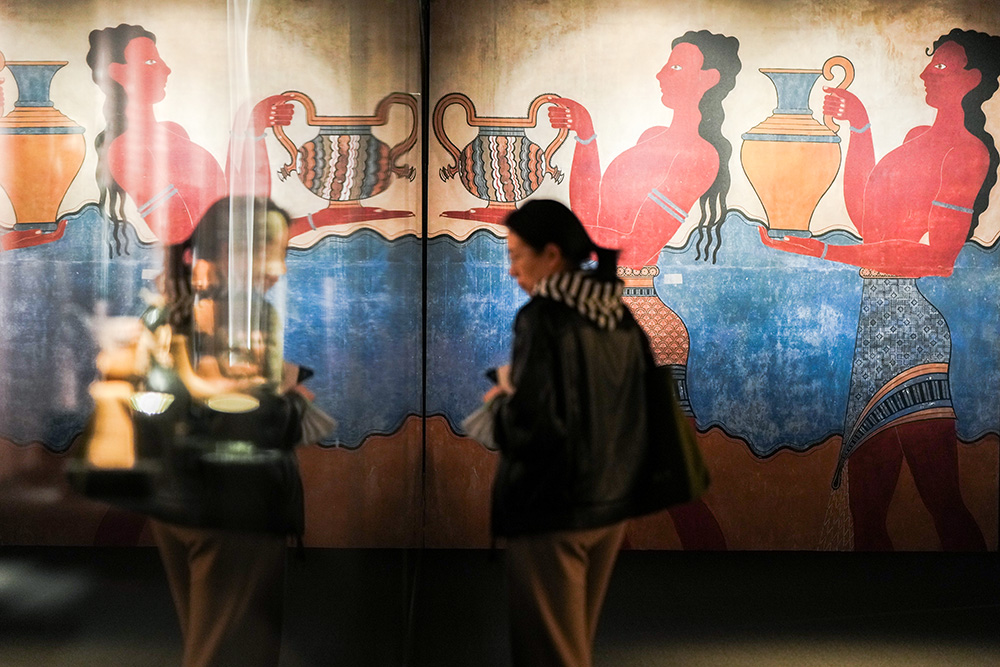
More Confident and Familiar with Culture
With the country’s “museum fever” rising, the trend of attending exhibitions and purchasing cultural and creative items is gaining traction.
For example, since last winter, a refrigerator magnet shaped like a phoenix coronet from the National Museum of China in Beijing has gained popularity among visitors. Passionate visitors have formed long lines outside the museum every day before it opens. Within three months, more than 530,000 of these magnets have been sold, making it the museum’s most sought-after product in nearly two decades.
The crown magnet is designed after a coronet worn by Empress Xiaoduan of the Ming Dynasty (1368-1644). This exquisitely crafted coronet is adorned with over 500 rubies and sapphires and more than a thousand pearls, representing the pinnacle of ancient craftsmanship.
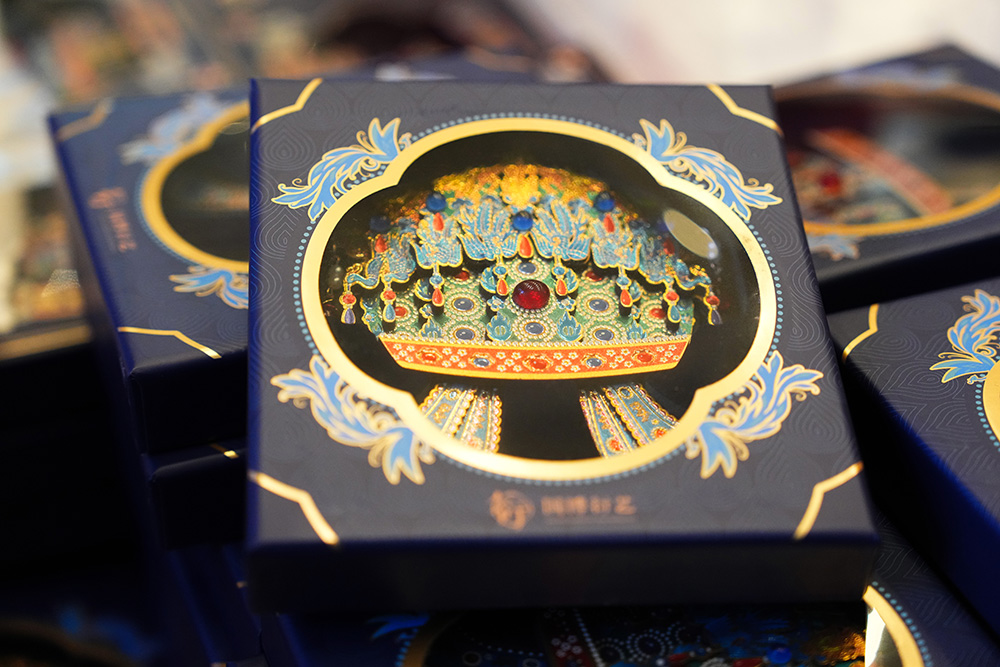
For decades, there are great changes in the development of museums’ cultural and creative products in China. In the early 2000s, museums replicated their relics. In 2012, they began learning about displaying original relics from their international counterparts, such as the Louvre in France, the British Museum and the Metropolitan Museum of Art in the United States. Now, cultural and creative products from China’s museums surpass those from abroad in variety and quantity.
“Visitors want beautiful products, especially as they become more confident and familiar with their culture,” says Liao Fei, who is in charge of cultural and creative products at the National Museum of China.
Written by Yetao Gu, additional reporting by Xinhua and ChinaDaily.
If you liked this article why not read:Yiran Duan: Traditional Crafts are a Bridge for Cultural Exchange

